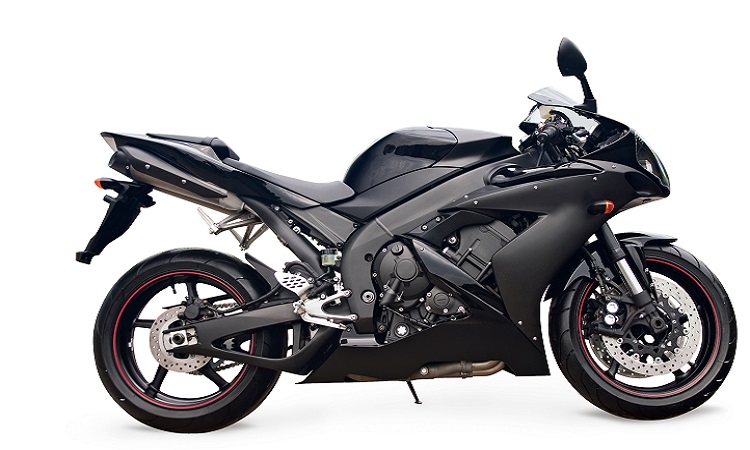Drum Brake vs Disc Brake: Best Pick for Indian Roads
Drum Brake vs Disc Brake: Best Pick for Indian Roads

Introduction
The braking system is crucial in managing the diverse and often unpredictable road conditions. From busy city streets to rough country paths, the type of brakes your vehicle utilises can significantly impact your driving experience and safety. The two main stopping methods available today are drum brakes and disc brakes. In addition to braking considerations, protective measures such as proper two wheeler insurance coverage are important for full safety on Indian roads.
Drum Brake vs Disc Brake
Let’s compare two of the most popular brakes:
Drum Brakes
Drum brakes feature a sealed design with stop shoes inside a drum that move with the wheel. When you engage the brake pedal, the shoes push outward against the drum's inner surface, causing friction that stops your vehicle. Drum brakes offer several advantages:
•Cost-effectiveness:
Drum brakes are affordable, making them a sensible choice for budget-conscious Indian customers.
•Durability in dusty conditions:
Drum brakes' sealed design offers security against dusty roads, especially in rural areas.
•Reliability in varied terrain:
Their simple and strong design makes them reliable across diverse settings.
Disc Brakes
Disc brakes use callipers to squeeze brake pads against a rotor, causing friction that stops the wheel. This open form offers major benefits for Indian driving conditions:
•Superior stopping power:
Disc brakes have more effectiveness when it comes to stopping power than drum brakes. This is especially true in situations of high-speed and hard stopping.
•Better heat dissipation:
The open design allows heat to leave quickly, avoiding brake fade during extended stop-and-go use.
•Reduced upkeep in wet climates:
Disc brakes are less subject to internal rust in coastal areas with high humidity than in dry climates.
Which is Better for Indian Roads?
The best brakes for Indian roads rely on several factors:
Urban Driving in Metropolitan Cities
For vehicles mainly used in urban areas, disc brakes offer benefits that explain their higher cost:
• Better speed in regular stop-and-go traffic
• Superior handling of quick stopping scenarios in uncertain traffic
• Consistent results during rainy seasons that strike most Indian towns
Rural and Semi-Urban Areas
For cars used mainly in rural India or smaller towns, drum brakes might be more practical:
• Better suited to dusty situations on dirt roads
• More cost-effective repair in places with limited service facilities
• Adequate performance for usually lower speeds
Conclusion
There's no one-size-fits-all answer to which stopping method is better for Indian roads. Your choice should be based on your unique driving surroundings, budget factors, and safety goals. To ensure optimal safety, consider an appropriate insurance policy. While the Motor Vehicles Act requires at least third party two wheeler insurance to cover claims from damage to others, complete coverage gives extra protection for your vehicle.
Disclaimer: The above information is for illustrative purposes only. For more details, please refer to the policy wordings and prospectus before concluding the sales.
RELATED ARTICLES
Understanding the Combi Brake System in Bikes
The Complete Guide to Two Wheeler Anti-Lock Braking Systems
How to Handle Your Bike’s Brake Failure
Motorcycle Transmission: Working, Parts and Types
Low-Maintenance Bikes: Best Options for Hassle-Free Riding










 Health Insurance
Health Insurance  Travel Insurance
Travel Insurance  Car Insurance
Car Insurance  Cyber Insurance
Cyber Insurance  Critical Illness Insurance
Critical Illness Insurance
 Pet Insurance
Pet Insurance
 Bike/Two Wheeler Insurance
Bike/Two Wheeler Insurance  Home Insurance
Home Insurance  Third Party Vehicle Ins.
Third Party Vehicle Ins.  Tractor Insurance
Tractor Insurance  Goods Carrying Vehicle Ins.
Goods Carrying Vehicle Ins.  Passenger Carrying Vehicle Ins.
Passenger Carrying Vehicle Ins.  Compulsory Personal Accident Insurance
Compulsory Personal Accident Insurance  Travel Insurance
Travel Insurance  Rural
Rural 











